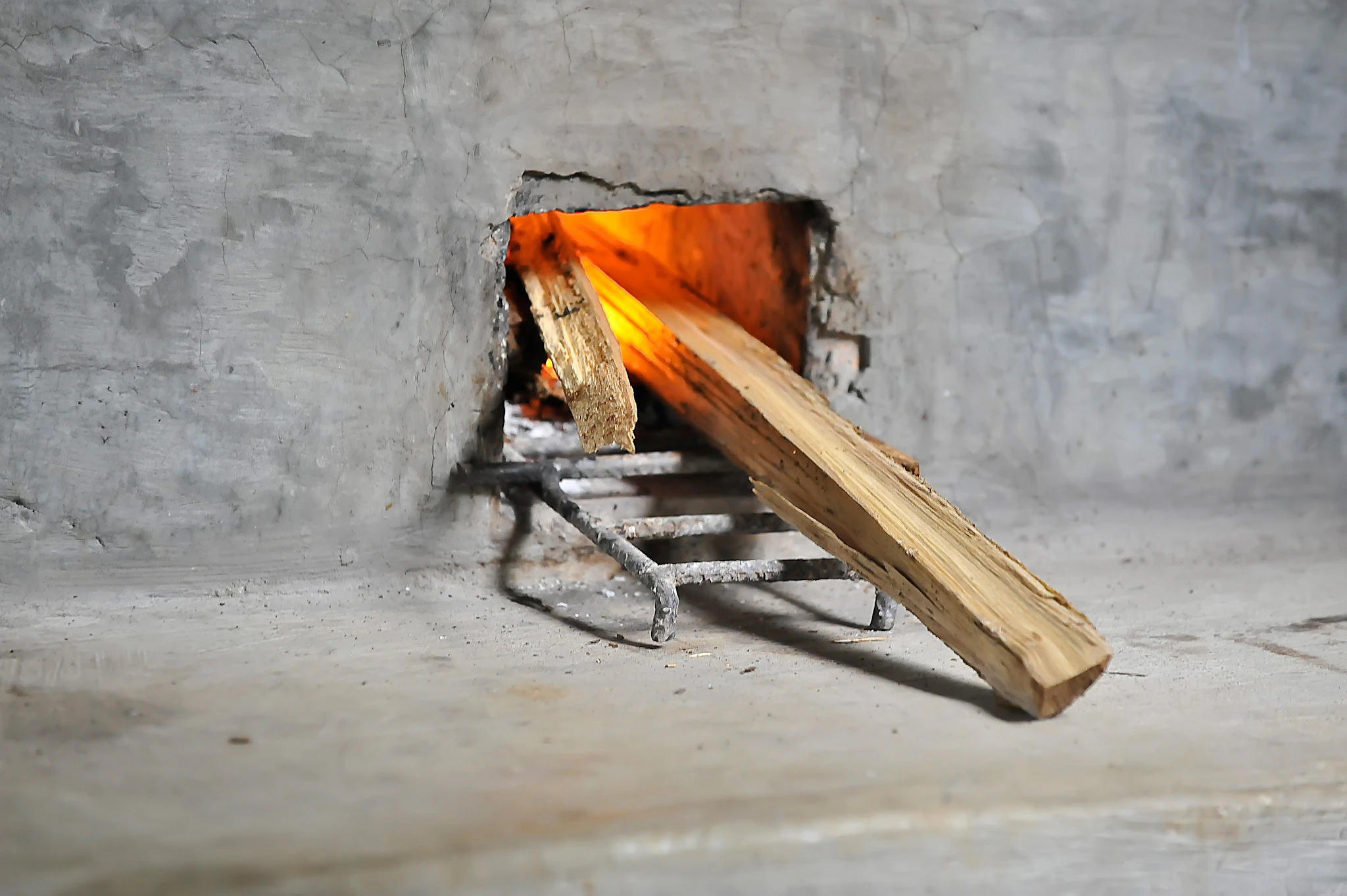About 28% of the global population, roughly 2.3 billion people, cook over open fires. For individuals this means both: a higher likelihood of diseases including childhood pneumonia, chronic obstructive pulmonary disorder, ischemic heart disease, stroke, and lung cancer; and (particularly for women and children) hours each week collecting fuel—time that could be better spent on income generation, education, or other activities. For the planet, it represents around 2% of global climate-damaging emissions and the loss of non-renewable biomass through wood burning.
This article was originally published in Carbon Pulse on 13 November 2023.

The Role of Carbon Credits in Advancing Clean Cooking
Domestic cooking is largely considered outside the productive economy, making it very difficult to subsidise or regulate, and therefore difficult to reach. This is also why projects are very likely to be ‘additional’ - clean cooking solutions simply won’t be rolled out at the speed and scale we need without carbon finance.
The Carbon Credit Quality Initiative rates clean cooking ‘5-star’ for additionality, meaning that carbon credit revenues are likely to accelerate the market uptake of efficient cookstoves. Global net zero and the Sustainable Development Goals for health, education, gender equality and poverty reduction simply cannot be achieved without helping people across the world adapt their cooking practices.
But it’s hard. Apart from anything else, imagine someone knocking on your door and telling you what you can and can’t use for cooking. And that’s before we even start looking at the new equipment required and the subsequent training and maintenance.
Quantifying the Benefits: The Challenge of Assessing Impact
It’s also hard to quantify. A wide range of parameters including fuel use, stove efficiency, cooking time, seasonal, spatial, technique and demographic variations all factor into the amount of emission reductions a project achieves.
One of these parameters is the fraction of Non-Renewable Biomass (fNRB). It is meant to represent the proportion of biomass (such as wood used as fuel) that is harvested unsustainably in a given area. Simply put, if biomass is harvested faster than it regrows, the practice is unsustainable. Sustainably harvested biomass leaves carbon stocks unchanged because it is replaced at the same rate it is harvested.
An fNRB number of 0.3, for example, suggests that 30% of the biomass is harvested faster than it regrows, while 70% is harvested sustainably. This is one of the factors used to determine the baseline for the emission reductions in clean cooking projects, and the carbon credits they can generate. The fNRB is specific to each area and takes into account multiple variables.
fNRB is complex to model, and based upon the context, data, and methods available at the time. We are now seeing new modelling-based approaches with updated assumptions and input data.
But these updated values are still based on modelling (in other words, estimates) as there is no way to directly measure fNRB. These new values are also subject to limitations and uncertainties and by no means discredit the validity of historical fNRB values. In fact, those currently proposed may well underestimate actual emission reductions, which is positive for conservativeness but may not be closer to reality in all instances.
Adapting Carbon Market Practices for Future Challenges
At the core of this is a fundamental feature of carbon markets: the science, norms and practices that define how the market works change and improve over time. At Gold Standard we last updated our clean cooking methodologies in 2021. This came alongside careful consideration of how to manage the transition to the updated methodology, which will again be important in the next phase of evolution.
Questions to think about when introducing the new fNRB figures, informed by new information, include: should they be applied immediately to all projects? Should they be staged over time? If so, when: at cycle renewals? What would it mean for existing legal contracts? Does this have an impact on long-term project viability? How can we account for more specificity, where better data is available than default values?
We’ve previously recommended that the market uses the opportunity afforded by The Integrity Council for Voluntary Carbon Markets to create fixed periods where new norms and practices could be set in clear cycles of, for example, five years. A credit issued in the period 2020-2025 would therefore always be judged against the science, norms and practices of that period, though the project itself should of course adapt and adopt the latest norms as the standard’s rules evolve.
Another recommendation is that carbon markets should not have sole responsibility for applying good practices for any given activity type. Experts such as the Clean Cooking Alliance, UCB, Berkeley Air Monitoring Group and many more have been working with leading market practitioners on the clean cooking challenge for decades.
For example, the CCA-led Responsible Carbon Finance for Clean Cooking Initiative has developed, through stakeholder consultation, a set of Interim Principles that serve to guide responsible conduct in the clean cooking carbon market. This will help us all align the emerging good practices in clean cooking and their application in this new era of carbon markets, as well as assist all the new market entrants to better understand this essential sector. The CCA-led Clean Cooking and Climate Consortium is in the process of developing the first methodology for crediting emissions reductions from cooking projects applicable to all cooking transition scenarios.
Expert organisations like these need to be integrally involved in setting norms and standards.
Navigating Change: The Way Forward for Clean Cooking and Carbon Markets
What is very clear is that carbon markets must learn how to deal with the application of new practices and norms, and ensure we take the lessons from past actions without judging them against criteria that had yet to be invented. Where we do need to start asking questions is if we fail to learn these lessons, and don’t evolve our standards as the science moves on.
